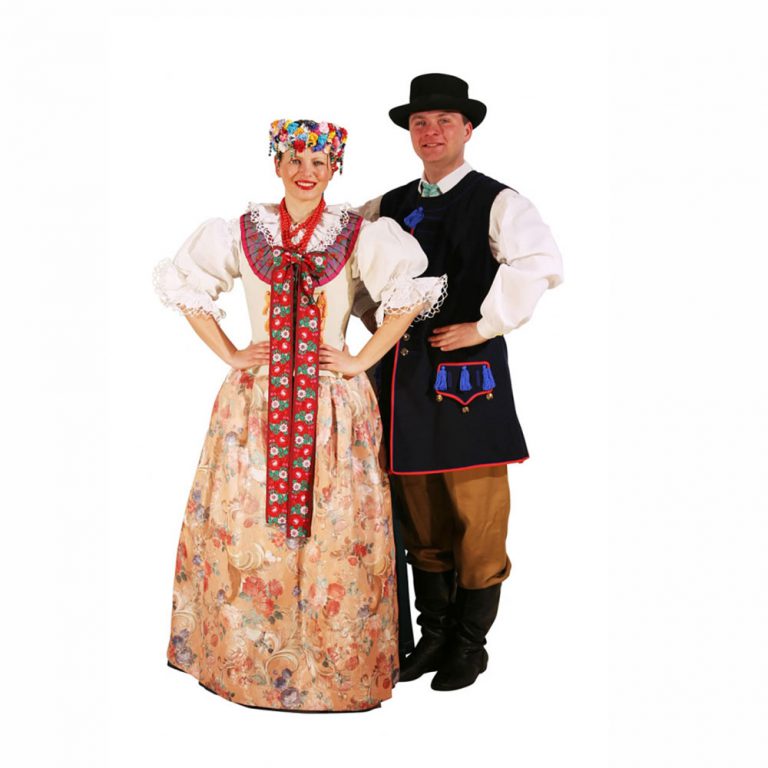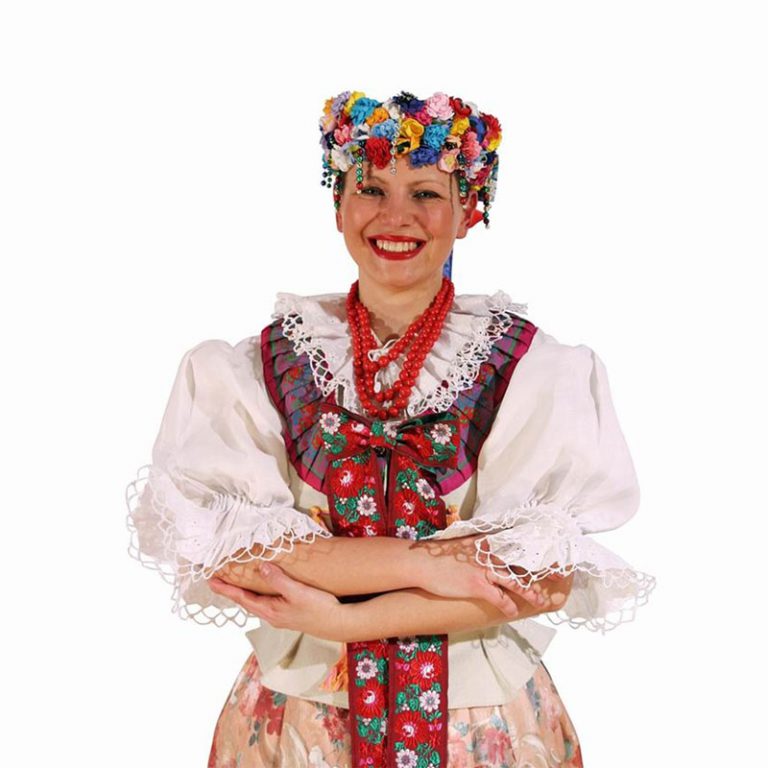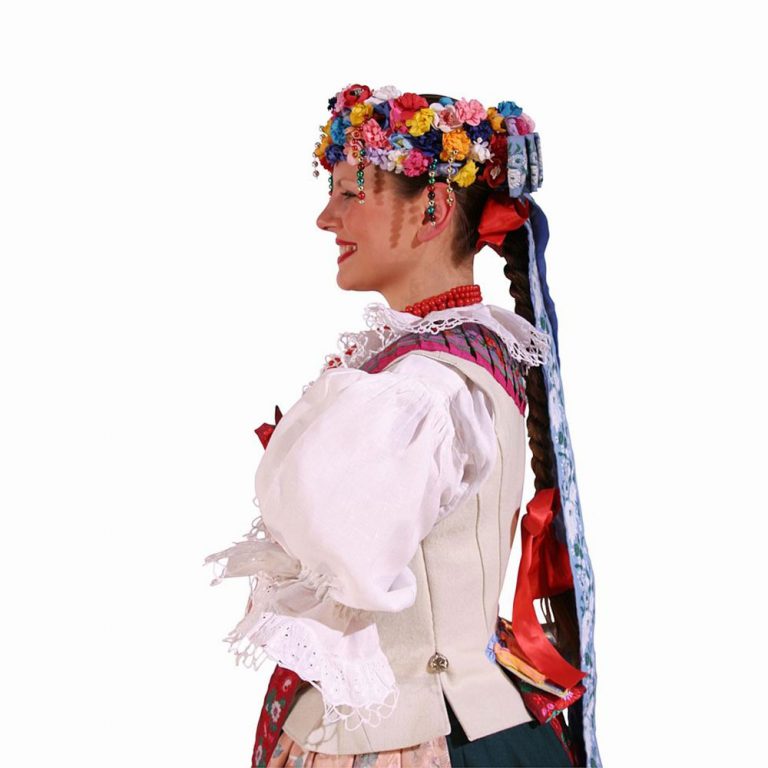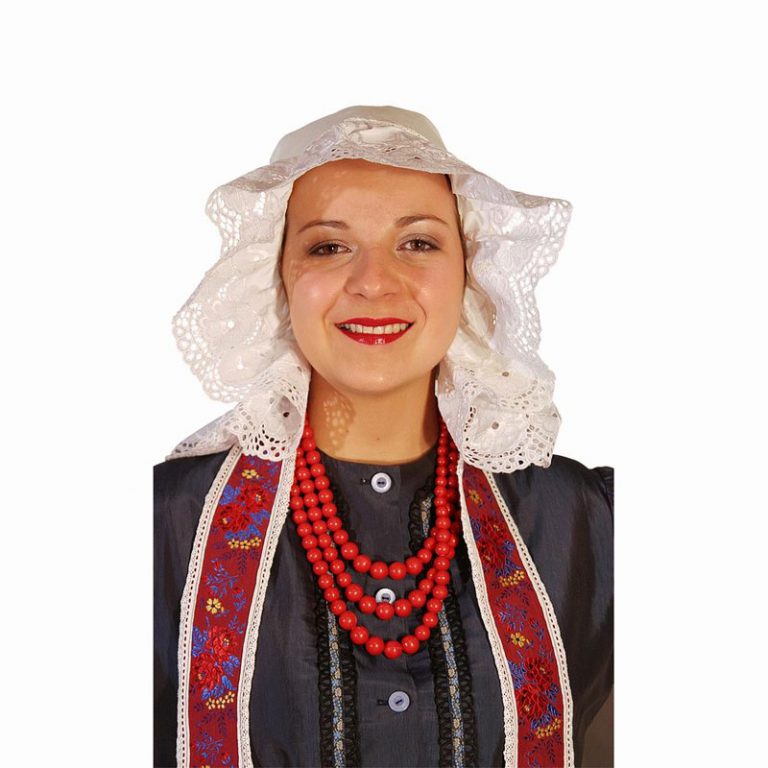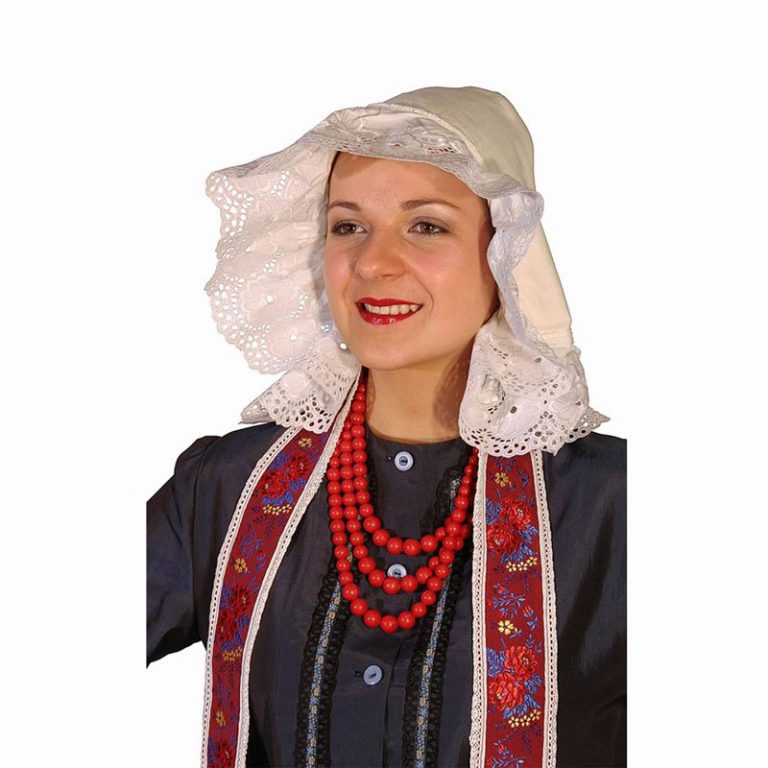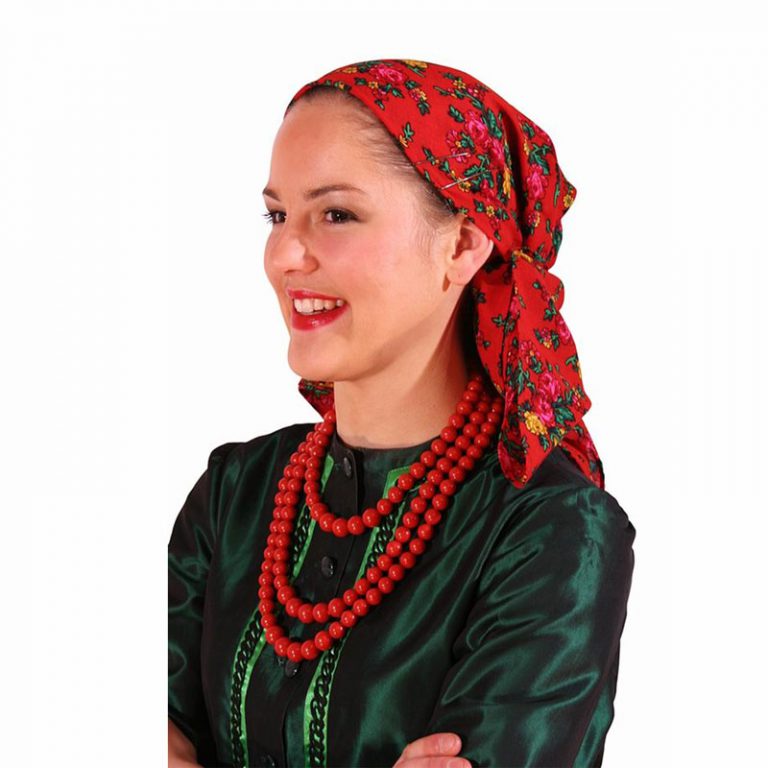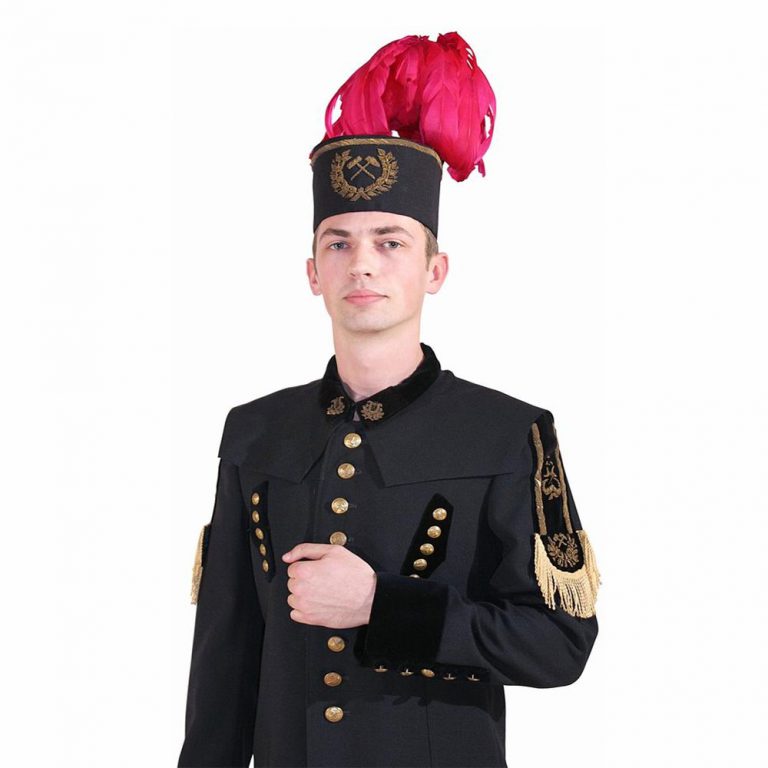Traditional costume from the Rozbarsk and Bytom region

This outfit was worn in east-highland-earlier industried part of Silesia to the North-West from Mysłowice, to the East from KAtowice and to the West from Sosnowiec nearby Bytom and Piekary Śląskie. This outfit was named after the village Rozbark which was the neighbourhood of Bytom. In Silesia typical regional outfit was a sign of polish nationality. Wearing “farmers suit” meant wearing “polish suit”, “Silesian suit” and was counterweight to hard germanisation processes. The tradition to wear polish outfit was leaned by polish roganisation and people wore such an outfits contrary to the opinion of occupiers.
Women outfit
There were lots of kinds of women outfits: for different ocassions, different part of year or even different part of a day. Also the catholical callendar had big influeance on the outfit. The highest growth of the women outfit appeared on the turning-point of XIX and XX century and that outfit survived till today. It has a lot of signs that people who lived in Silesia had good contact with the European gentry which came to Silesia from western Europe. Maid’s didn’t have any headgear, they put their hair into a braid and tie it with a green, blue or red ribbon. For verry important ocassion they put on their head galanda – wide wreath made of colourful flowers and trinkets. In the front it covered hair and some of the trinkets fell down on their forehead. In the rear part girls put a ribbon tied into a bow which ends fell down to their back. The head of married women had to be covered, mostly by bandanas-purpurki, for the important occassions richhest women put bonnets.The purpurki were tied i the back and their edges looked as wings. The bonnets was made of white material. It had form of a box and it had subtled front. Its additional decoration was wide, painted ribbon which was not tied and their ends loosely fell down. The shirts were made of thin cotton material and they had a form of poncho. The were decorated with beautiful subtle on the collar and sleeves. Skirts for such an outfit were wide (4-5 meters wide) with smooth front and sides and rear part formed into small tucks. Under the skirt women had a lot of other under-skirts or one – very thick. Maids wore skirts in bright colours and married women preffered dark colours. Independently from the cyvil status women wore a jakla for colder days. It was a top dress which was hips-length. It was miscellanouslly decorated for example with embroidery or paintings. The important part of women outfit was bandana called szaltucha. It was a large bandana wore as a cover checkered or in Turkish pattern. For holidays women wore stockings and shoes. Mostly they wore blue or white stockings with black short shoes. Women liked to wear blood-red beads in kit with a cross.
Men outfit
The men outfit in Silesia was the same as in Silesian villages. The outfit appeared as a traditional army uniform worn by the soldiers of the King Fryderik the II called Great. The men summer headgear was a black hat with round head and simple round. In winter mostly older men wore tchórzówki. It was made of silk velvet or navy blue material and covered with a fur of coward(polish animal). Shirts weare made of white linen or cotton material. They had long sleeves and rectangle collar. It was decorated with beautiful embroidery. They decorated their neck with a bandana called jedbowka. it was tied under neck and its ends fell down on back and the knot was under the neck. The Outside dress was a vest or coat. The vests were long and not adjusted. Near neck they had stagnant collar and in sides it had pockets with flaps. The vest had buttons on the right side and near each button men made an imitation of a hole. on the left side they made a hole for buttons. The coat was made from the same material as vests. Men wore two kinds of trousers: leather one (jelenioki) and woolen one. The leather one were assigned only for the richer men. trousers legs were put into high shoes. Men also wore short shoes but then they put on loose trausers which trausers legs fell loosely on the shoes.







